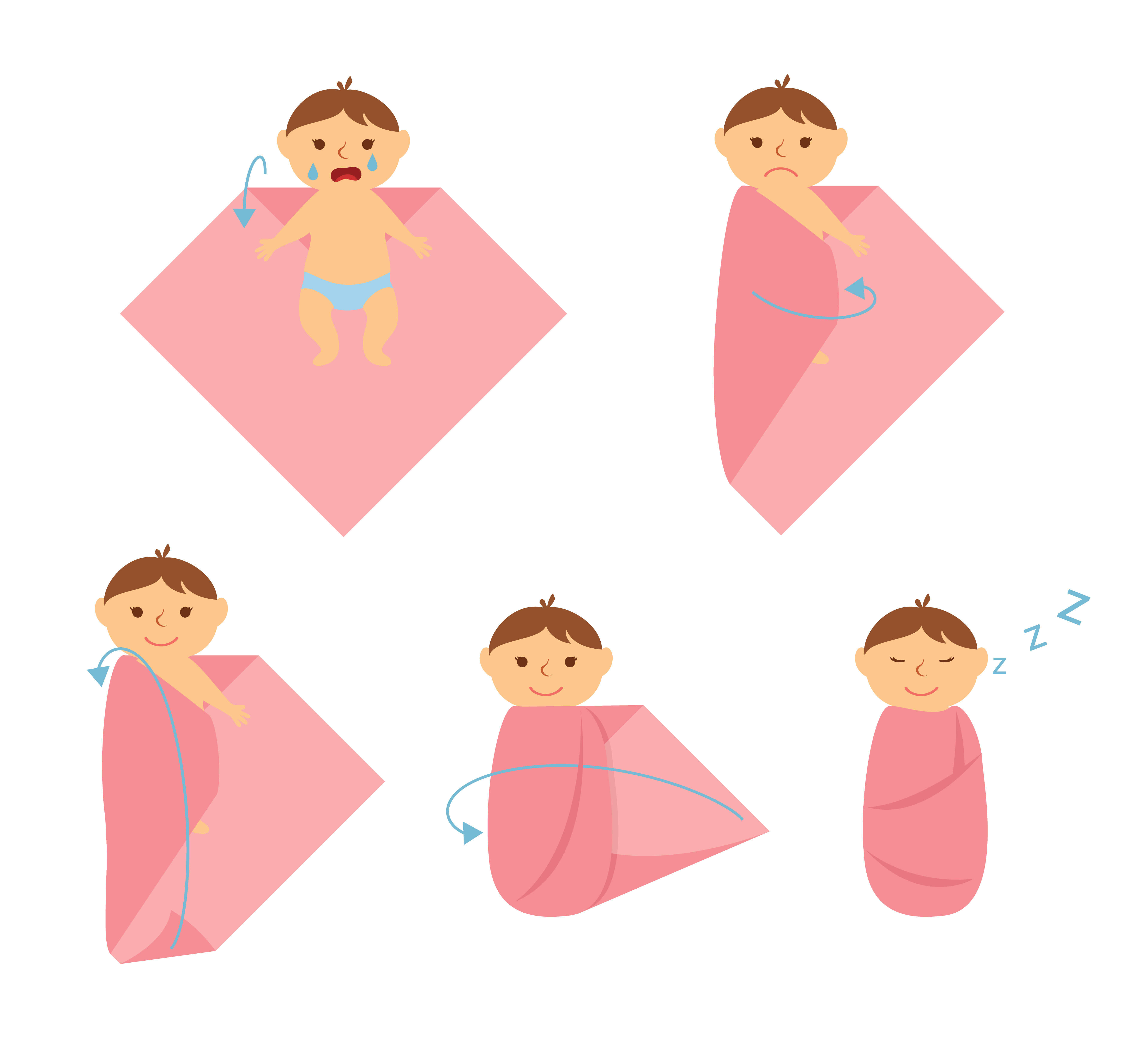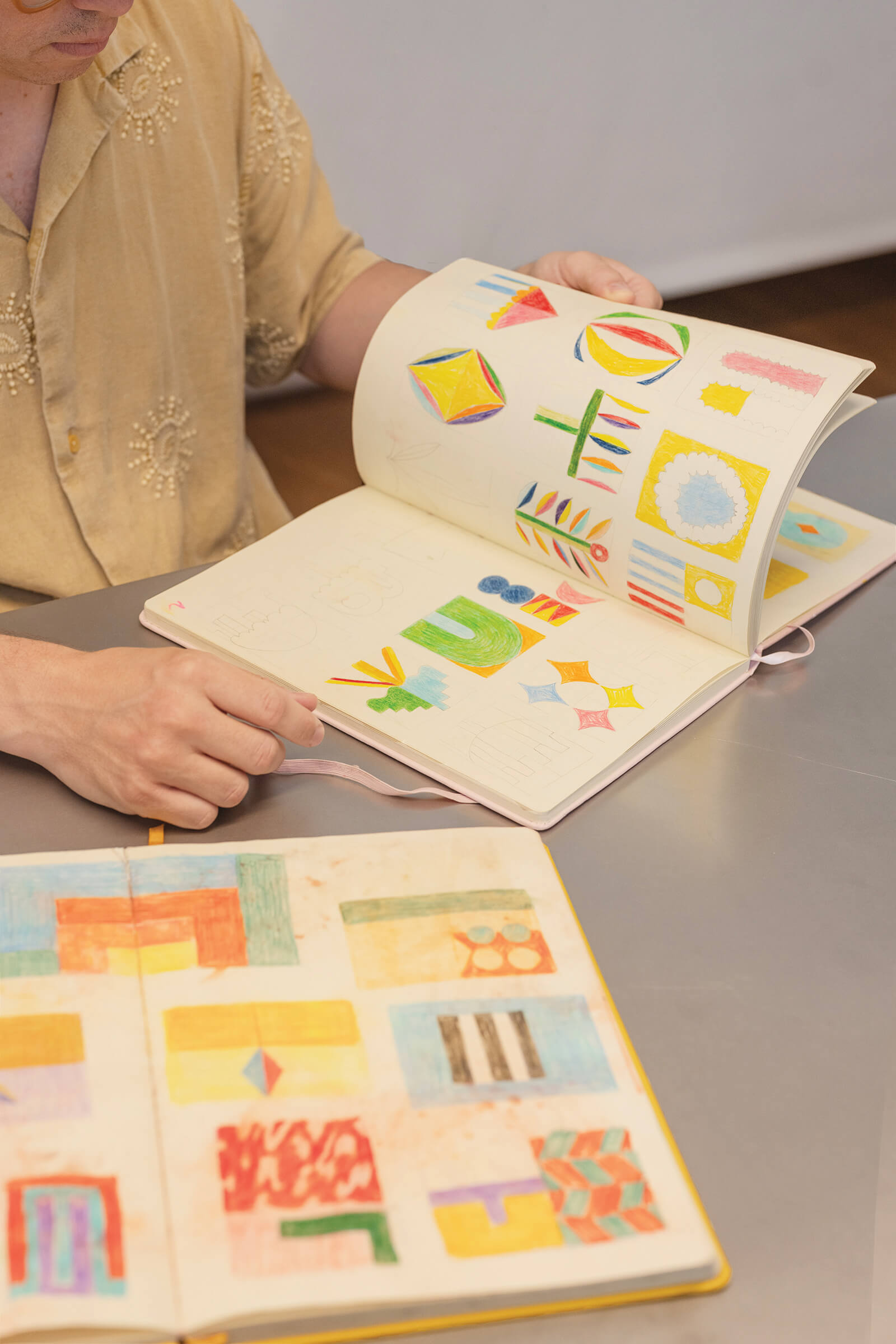How To Calm A Crying Baby?

If you are holding a crying newborn and wondering what on earth to do, you’re not alone. I fully understand how frustrating the cry can feel, and I am hearing one as I am writing this post, but it is a way of communication and should be (more often than not) cherished.
The early days with a baby can feel like a crash course in baby language, with no subtitles. Most parents find themselves cycling through feeding, changing, rocking, bouncing desperately trying to figure out what works.
One approach is the 5 S’s: five simple steps that recreate the familiar sensations of life in the womb.
These techniques come from pediatrician Dr. Harvey Karp, who explains that newborns are still adjusting to the outside world.
The 5 S’s aren’t a fix-all. They won’t work for every baby, every time. But they can be powerful tools to try, especially when used together to help trigger what Dr. Karp calls the calming reflex, a kind of natural “off switch” for crying that babies are born with.
Let’s take a look:
1. Swaddle
A snug swaddle mimics the tight embrace of the womb and prevents babies from startling themselves awake with jerky arms.
Try this: Use a light, breathable blanket and wrap your baby with arms down, snug but not restrictive. Make sure hips can still move a bit.

2. Side or Stomach Position (for soothing only!)
Holding your baby on their side or stomach (in your arms or across your lap) can dramatically calm their nervous system.
Important: This position is only for calming your baby down, while you are next to her observing, not for sleep!
Always place your baby on their back in the crib with no loose material around.
3. Shush
It’s loud in the womb, whooshing blood, beating hearts, gurgling. Shushing recreates that background noise.
Try this: Make a strong, rhythmic “shhhhhh” sound near your baby’s ear, or use a white noise machine set to womb-like sounds.
4. Swing
Gentle, repetitive movement is a baby’s favourite rhythm. It mimics how they bounced inside you while you walked.
Try this: Rock your baby in your arms or use a swing or carrier with soft, rhythmic motion.
You could also try rhythmically bouncing on a Swiss ball.
5. Suck
Sucking has an organizing effect on babies, it calms and helps them regulate.
Try this: Offer a pacifier or breastfeed. Some babies soothe best while combining sucking with another S.
Combining the S’s
Swaddle your baby, hold them on their side, shush near their ear, gently bounce, and offer a pacifier… It’s about layering calming sensations your baby remembers from before birth.

What If It Doesn’t Work?
Sometimes the crying doesn’t stop, even when you try everything. That doesn’t mean you’ve done anything wrong. Your baby might have a gassy tummy, be overtired, or just need to cry in your arms. Some babies have colic. Some just cry more.
I vividly remember my 2 month old all swaddled up, sucking on a pacifier, listening to a blow dryer and this calming him down for a very brief period of time and then reverting to fussiness.
This too shall pass.
From Our Experience: Two Babies, Two Very Different Stories.
With our first baby, the witching hour hit hard, and none of the S’s helped. With our second, they became a helpful rhythm. Every baby is different, and that’s exactly the point: parenting is a series of experiments, not a checklist.
Try what feels right. Pause what doesn’t. Trial and error.
Final Thought: Take What Helps, Leave the Rest
Stay Connected with Bubu Island
Subscribe to our newsletter for the latest updates and tips on early childhood development.

Explore Our Latest Insights
Discover tips and activities for young children.


.jpg)


